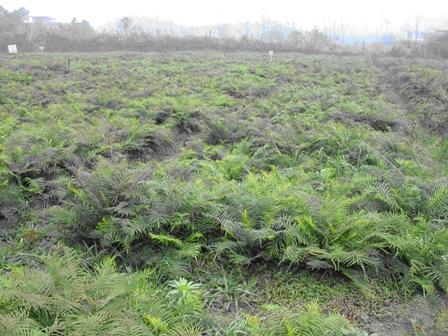Phytoextraction refers to the technologies, which utilise natural ability of certain plants called hyperaccumulators to bioaccumulate contaminants in soils, water, or air in a high scale and remove the harmful chemical susbstances by this.
Phytoextraction is mainly useful for water/sediment and soil contaminating metals and their derivatives. Many plants such as mustard plants, alpine pennycress, hemp, and pigweed have proven to be successful at hyperaccumulating contaminants at toxic waste sites. Of course the decontamination of water or soil by phytoextraction needs long time, more consecutive vegetation cycles are necessary to remove most part of the contaminant.
Doifferent metals are removed in different scale: generally the more mobile metal ions are removed more efficiently (Zn, Cd, Cu). Less mobilizable metals, such as Pb or As may need irrelaistically long time to be removed from water/sediment or soil.
Another problem of phytoextraction is that hyperaccumulating plants generally produce low biomass, which limitate the efficiency of metal removal.
